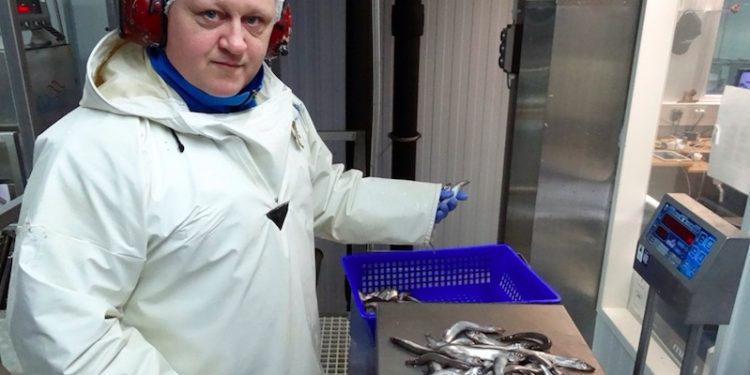The loss of the capelin season this year comes as a blow to coastal areas in Iceland, where the fishery traditionally provides a boost at this time of year.
While there are still hopes that something of a capelin season could still be salvaged this year, the likelihood of this happening becomes less every day. The season is always a gamble as the rapidly migrating capelin make their way around the Icelandic coast, heading for shallow waters to spawn, and the migration takes them westwards along the south coast.
The most valuable part of the capelin fishery is invariably the final stretch when the high-valuable roe fishery takes place. This is an uncertain time of year with quotas dwindling and the ever-unpredictable weather always putting the tail end of the season in doubt as pelagic vessels try to finish their quotas on high-value capelin with mature roe before the fish disappear from fishing grounds.
But this year the outlook is for no fishery, unless something unexpected takes place.
For the Fjarðabyggð municipality in eastern Iceland, capelin has a strong importance and in 2018 the region took delivery of 47% of all capelin landings, with an export value put at ISK10 billion (€73 million)
According to figures made public by the Fjarðabyggð local authority, the turnover of fishing companies in the district will drop by ISK600 million (€4.4million) without a capelin season this year, with knock-on effects for the district as a whole, with reduced investment and services, as well as an effect on the property market.
Local government revenues can be expected to fall by ISK160 million (€1.17 million) in direct revenue and ISK100 million (€730,000) in dues to the port authority.









